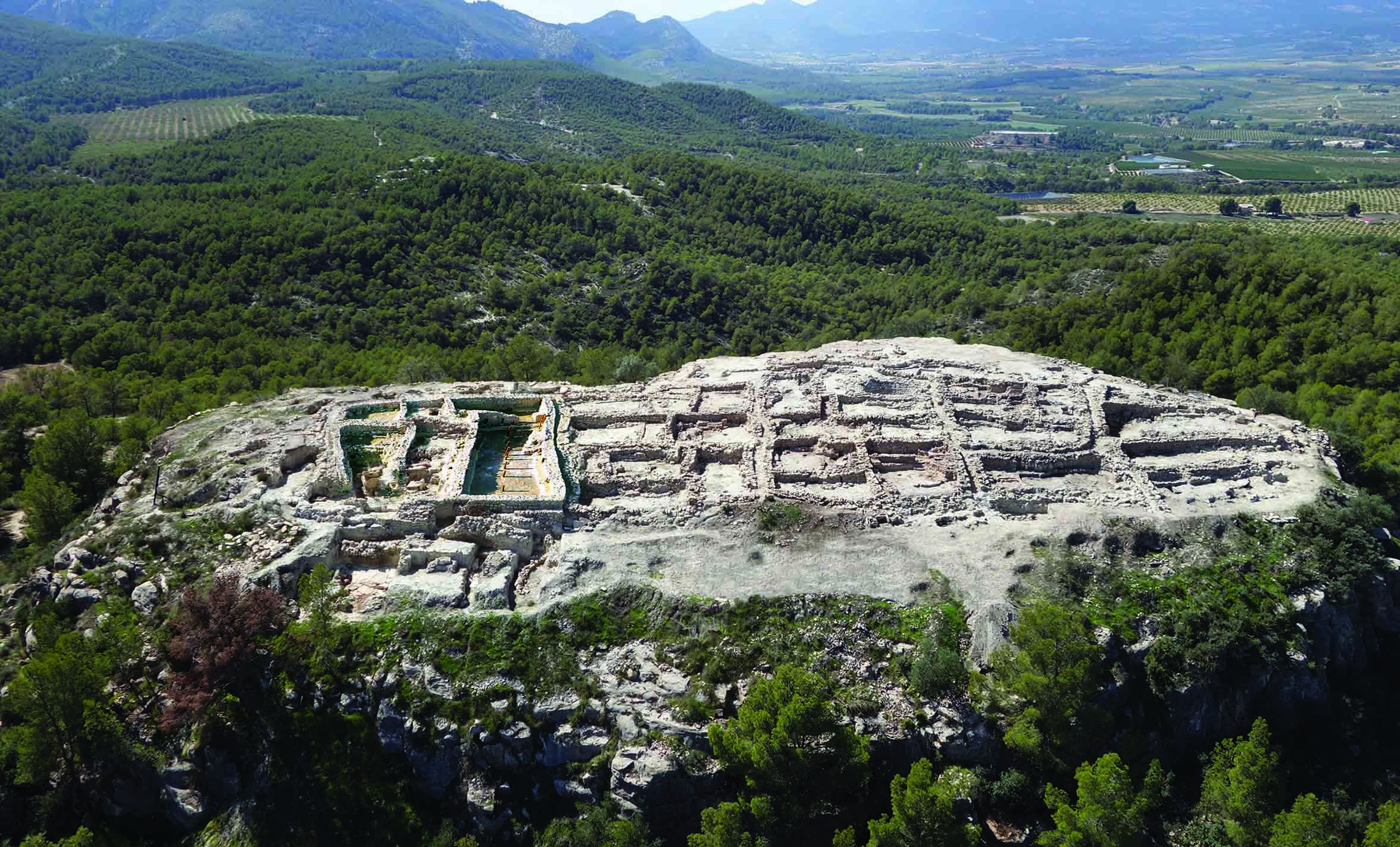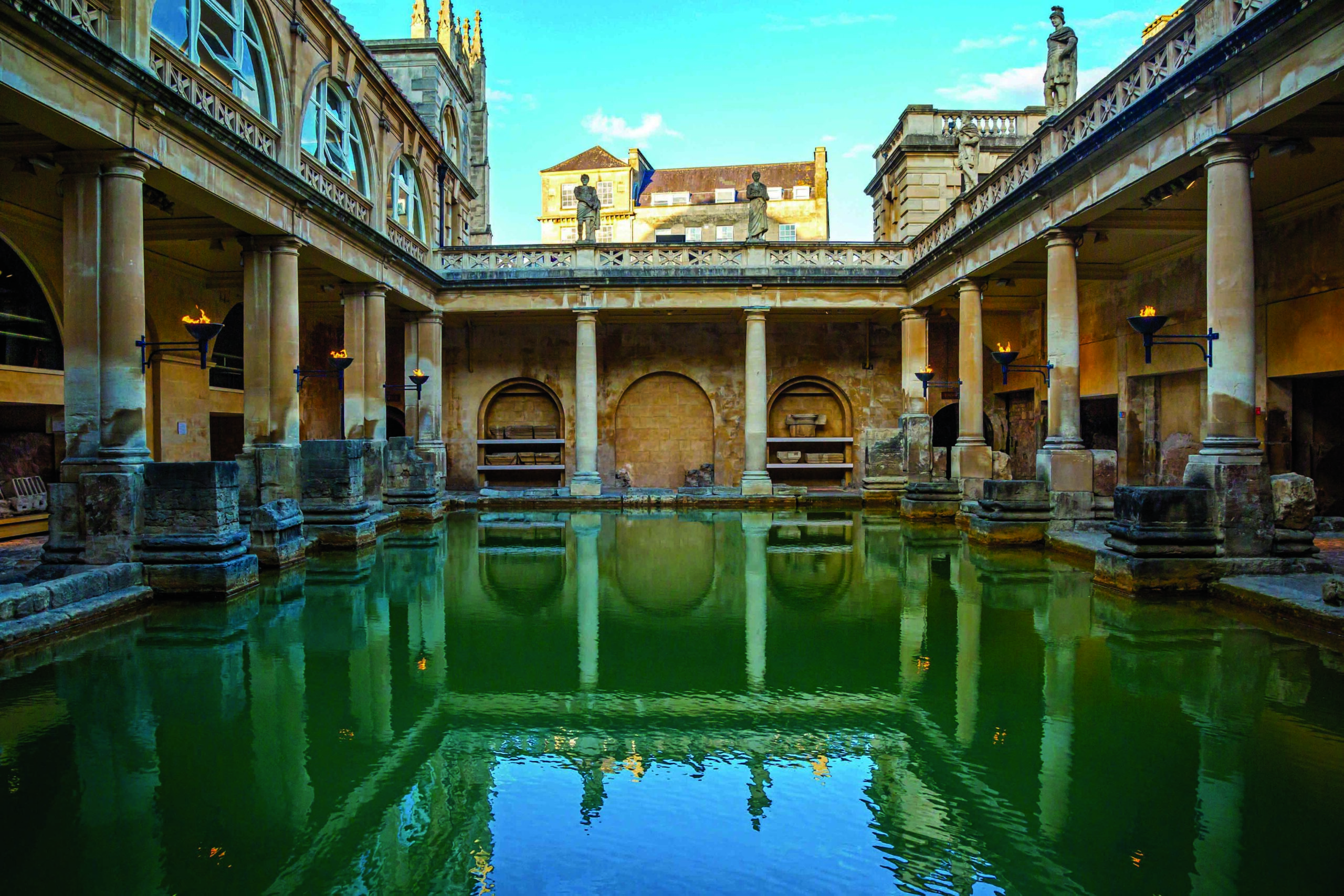BARCELONA, SPAIN—Live Science reports that scientific illustrator Joana Bruno collaborated with archaeologists from the Autonomous University of Barcelona to build a virtual reconstruction of the face of a Bronze Age woman whose remains were discovered in southeastern Spain’s site of La Almoloya. The woman died some 3,700 years ago between the ages of 25 and 30, perhaps from tuberculosis. She was missing a neck vertebra and rib, and had a stunted left thumb. She was buried wearing a silver diadem, beaded necklaces, silver rings, bracelets, spiral hairpieces, earplugs with spirals, a silver-rimmed drinking pot, and a silver-handled awl. Her remains were interred in a large ovoid pot with the skeleton of a man thought to have died several years earlier. Laser scanning was used to obtain measurements of the woman’s skull and lower jaw, while the diadem allowed Bruno to estimate the size of the upper portion of the skull, which was not preserved. Laser scans of the jewelry were also added to the image, Bruno explained. When combined with DNA analysis, the process of facial reconstruction may help researchers see similarities of features and kinship among those buried at La Almoloya, Bruno concluded. For more on this burial, go to "Crowning Glory."
Face of Diadem-Wearing Woman Digitally Reconstructed
News November 30, 2021
Recommended Articles
Digs & Discoveries September/October 2021
Crowning Glory

Artifacts July/August 2019
Bronze Age Beads

Digs & Discoveries May/June 2019
A Fox in the House

Features November/December 2025
Oasis Makers of Arabia
Researchers are just beginning to understand how people thrived in the desert of Oman some 5,000 years ago

-
Features September/October 2021
Secret Rites of Samothrace
Reimagining the experience of initiation into an ancient Greek mystery cult
 (© American Excavations Samothrace)
(© American Excavations Samothrace) -
Features September/October 2021
Searching for the Fisher Kings
In the waters of southern Florida, the creative Calusa people forged a mighty empire
 (Merald Clark)
(Merald Clark) -
Letter From Scotland September/October 2021
Land of the Picts
New excavations reveal the truth behind the legend of these fearsome northern warriors
 (Courtesy The Northern Picts Project)
(Courtesy The Northern Picts Project) -
Artifacts September/October 2021
Late Medieval Ring
 (© Amgueddfa Cymru – National Museum Wales)
(© Amgueddfa Cymru – National Museum Wales)


